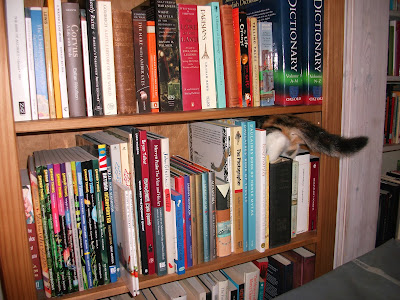When they feel themselves to be weighed down by illness, they suck snakes from their holes with a snort of the nostrils and the danger of their venom having been survived, the stags are restored to health by a meal of them.and furthermore:
We read that many people who have been accustomed to eat venison from their early days have been immortal, and immune to fevers, but it fails them in the end if they happen to get killed by a single wound.
In terms of mythical beasts, the usual and some lower-profile suspects leap, fly and swim through the pages (it is a very busy and noisy book), but the level of detail provided against the entries of creatures like the phoenix go far beyond (for this reader, at least) the commonly-known register.
The range of reference and allusion brought to bear by the original writers and White himself provide another layer of fascination, as etymologies, myths and legends are slotted in to wider perspectives. Adding another attraction, White's writing oozes with the same humour, compassion and erudition which characterise his other work (much of which is animal-focused). In fact White's Appendix, in which he defends and explains the bestiarists' approach, is a superb example of the sympathetic understanding of history and past beliefs and cultures, of getting away from thinking that past generations were simply 'wrong' or somehow not blessed with the same faculties for thought and reason as we are (Larkin summarises this attitude beautifully with fools in old-style hats and coats). This includes a very positive commentary on the extended sections in the bestiary where the behaviours of the creatures are said to symbolise various aspects of Christian behaviour and belief.
For those who know and love the Arthurian books, The Goshawk, and others, this is a very worthwhile extension to the House of White. For first-time buyers, it would be an eccentric but nonetheless rewarding place to begin.

